It’s an important step for the firm.
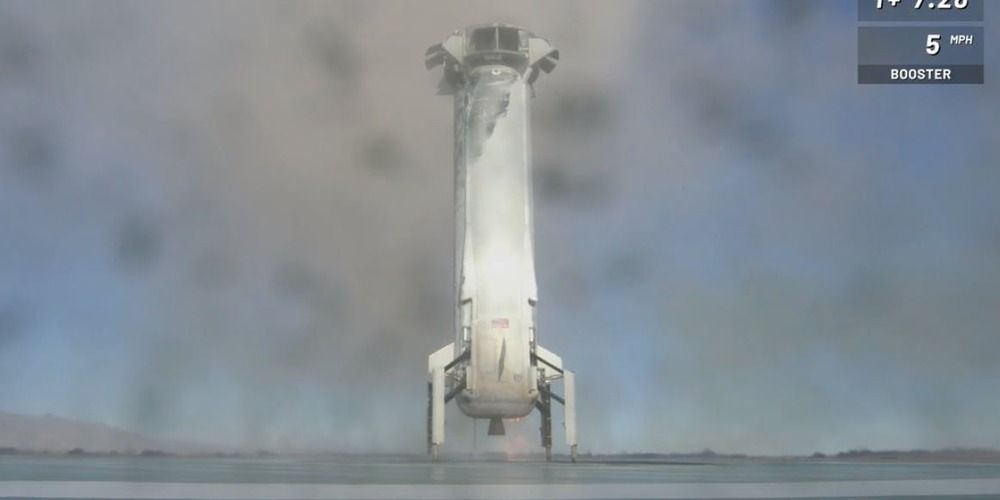


Some people on his communications staff at the time were not pleased.
Sims writes that he was “getting antsy” in the room due to Trump’s abrupt question shortly before a televised phone call with the Space Station. NASA officials were believed to have gone to great lengths to coordinate with the Space Station, which could only be reached during a certain time due to “orbital mechanics.”
“All I could think about was that we had to be on camera in three minutes … And yet we’re in here casually chatting about shaving a full decade off NASA’s timetable for sending a manned flight to Mars,” Sims reportedly wrote. “And seemingly out of nowhere.”
Trump, who appeared “distracted,” reportedly asked Lightfoot: “But what if I gave you all the money you could ever need to do it?”
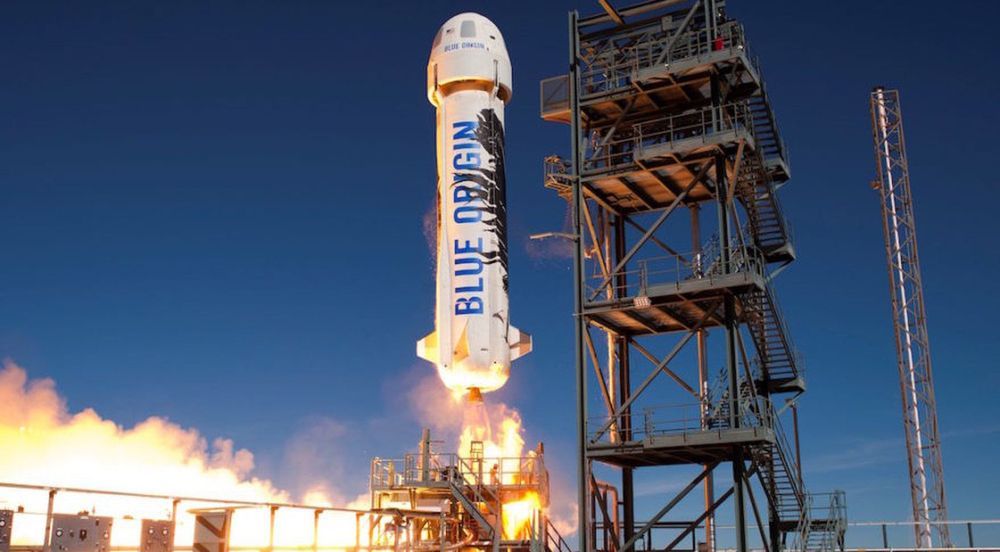
Blue Origin’s New Shepard suborbital spaceflight system will fly again on Monday (Jan. 21), if all goes according to plan.
Blue Origin, which is led by billionaire Amazon.com founder Jeff Bezos, had originally aimed to launch the 10th uncrewed New Shepard test flight in mid-December but was thwarted by an issue with the infrastructure at the company’s West Texas test site. That problem has now been resolved.
New Shepard will now launch Monday at 10 a.m. EST (1500 GMT/9 a.m. CST), Blue Origin representatives said in a statement.

CERN has revealed plans for a gigantic successor of the giant atom smasher LHC, the biggest machine ever built. Particle physicists will never stop to ask for ever larger big bang machines. But where are the limits for the ordinary society concerning costs and existential risks?
CERN boffins are already conducting a mega experiment at the LHC, a 27km circular particle collider, at the cost of several billion Euros to study conditions of matter as it existed fractions of a second after the big bang and to find the smallest particle possible – but the question is how could they ever know? Now, they pretend to be a little bit upset because they could not find any particles beyond the standard model, which means something they would not expect. To achieve that, particle physicists would like to build an even larger “Future Circular Collider” (FCC) near Geneva, where CERN enjoys extraterritorial status, with a ring of 100km – for about 24 billion Euros.
Experts point out that this research could be as limitless as the universe itself. The UK’s former Chief Scientific Advisor, Prof Sir David King told BBC: “We have to draw a line somewhere otherwise we end up with a collider that is so large that it goes around the equator. And if it doesn’t end there perhaps there will be a request for one that goes to the Moon and back.”
“There is always going to be more deep physics to be conducted with larger and larger colliders. My question is to what extent will the knowledge that we already have be extended to benefit humanity?”
There have been broad discussions about whether high energy nuclear experiments could pose an existential risk sooner or later, for example by producing micro black holes (mBH) or strange matter (strangelets) that could convert ordinary matter into strange matter and that eventually could start an infinite chain reaction from the moment it was stable – theoretically at a mass of around 1000 protons.
CERN has argued that micro black holes eventually could be produced, but they would not be stable and evaporate immediately due to „Hawking radiation“, a theoretical process that has never been observed.
Furthermore, CERN argues that similar high energy particle collisions occur naturally in the universe and in the Earth’s atmosphere, so they could not be dangerous. However, such natural high energy collisions are seldom and they have only been measured rather indirectly. Basically, nature does not set up LHC experiments: For example, the density of such artificial particle collisions never occurs in Earth’s atmosphere. Even if the cosmic ray argument was legitimate: CERN produces as many high energy collisions in an artificial narrow space as occur naturally in more than hundred thousand years in the atmosphere. Physicists look quite puzzled when they recalculate it.
Others argue that a particle collider ring would have to be bigger than the Earth to be dangerous.
A study on “Methodological Challenges for Risks with Low Probabilities and High Stakes” was provided by Lifeboat member Prof Raffaela Hillerbrand et al. Prof Eric Johnson submitted a paper discussing juridical difficulties (lawsuits were not successful or were not accepted respectively) but also the problem of groupthink within scientific communities. More of important contributions to the existential risk debate came from risk assessment experts Wolfgang Kromp and Mark Leggett, from R. Plaga, Eric Penrose, Walter Wagner, Otto Roessler, James Blodgett, Tom Kerwick and many more.
Since these discussions can become very sophisticated, there is also a more general approach (see video): According to present research, there are around 10 billion Earth-like planets alone in our galaxy, the Milky Way. Intelligent life might send radio waves, because they are extremely long lasting, though we have not received any (“Fermi paradox”). Theory postulates that there could be a ”great filter“, something that wipes out intelligent civilizations at a rather early state of their technical development. Let that sink in.
All technical civilizations would start to build particle smashers to find out how the universe works, to get as close as possible to the big bang and to hunt for the smallest particle at bigger and bigger machines. But maybe there is a very unexpected effect lurking at a certain threshold that nobody would ever think of and that theory does not provide. Indeed, this could be a logical candidate for the “great filter”, an explanation for the Fermi paradox. If it was, a disastrous big bang machine eventually is not that big at all. Because if civilizations were to construct a collider of epic dimensions, a lack of resources would have stopped them in most cases.
Finally, the CERN member states will have to decide on the budget and the future course.
The political question behind is: How far are the ordinary citizens paying for that willing to go?
LHC-Critique / LHC-Kritik
Network to discuss the risks at experimental subnuclear particle accelerators
LHC-Critique[at]gmx.com
Particle collider safety newsgroup at Facebook:

Here’s a new photo that shows Earth and the Moon from a whopping 71 million miles away. It was captured by NASA’s OSIRIS-REx, which is currently on a mission to obtain a sample from a near-Earth asteroid and return it to Earth.
The photo was captured on December 19th, 2018, using the spacecraft’s NavCam 1 camera. Earth and the moon can be seen on the bottom-left side of the photo. The much larger white object in the upper-right side is asteroid Bennu.
Earth is 71 million miles (114M km) away in the photo, while Bennu is just 27 miles (43 km).
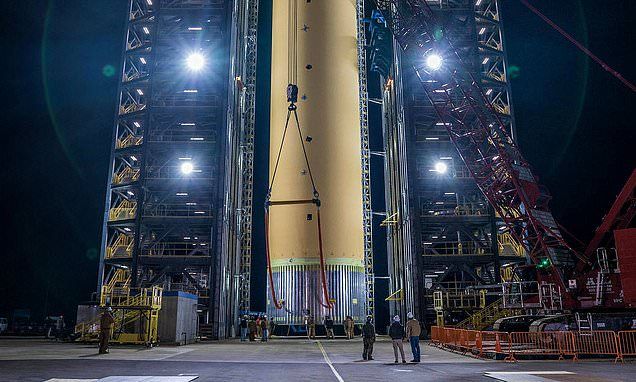
NASA has finally begun testing the gigantic 200ft main tank of its huge Space Launch System rocket.
The huge liquid hydrogen tank will stores cryogenic liquid hydrogen and liquid oxygen that will feed the vehicle’s four RS-25 engines when they fire up.
SLS will produce 8.8 million lbs. of maximum thrust, 15 percent more thrust than the Saturn V rocket.
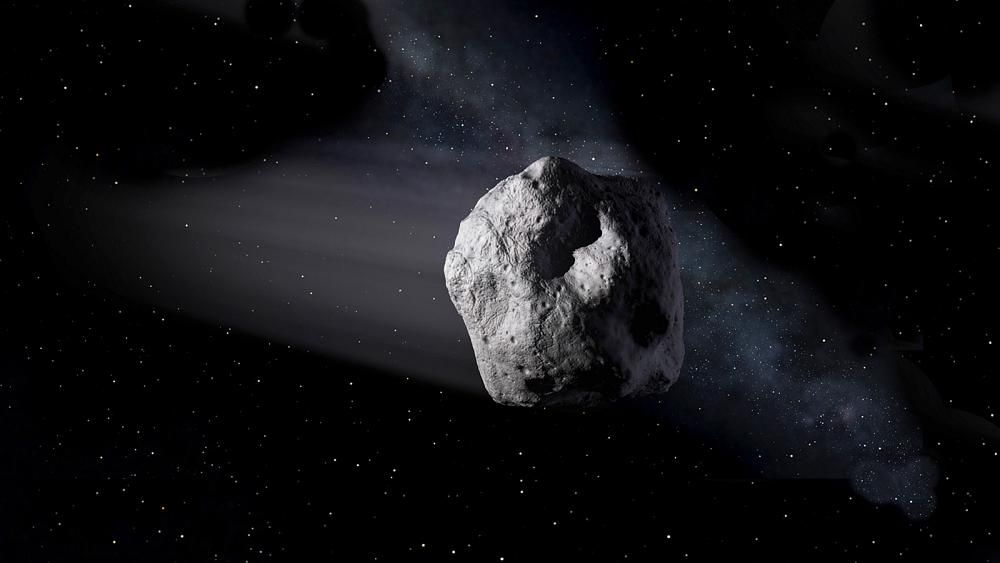
Scientists say the microwave-sized craft would suck its watery fuel right out of the asteroids, planets and moons it’s exploring.

Ever since he was a young boy growing up in Bengaluru, the city home to India’s space research organisation, he dreamt of going to space one day. Now he wants to be the first human on Mars.
One would expect him to train to be an astronaut or dismiss the idea altogether. But that’s not how he plans to get to the red planet.
Meet Gadhadar Reddy, a nano-technologist from Bengaluru, who might just get to live his dream someday in the near future thanks to a new material his company is manufacturing.
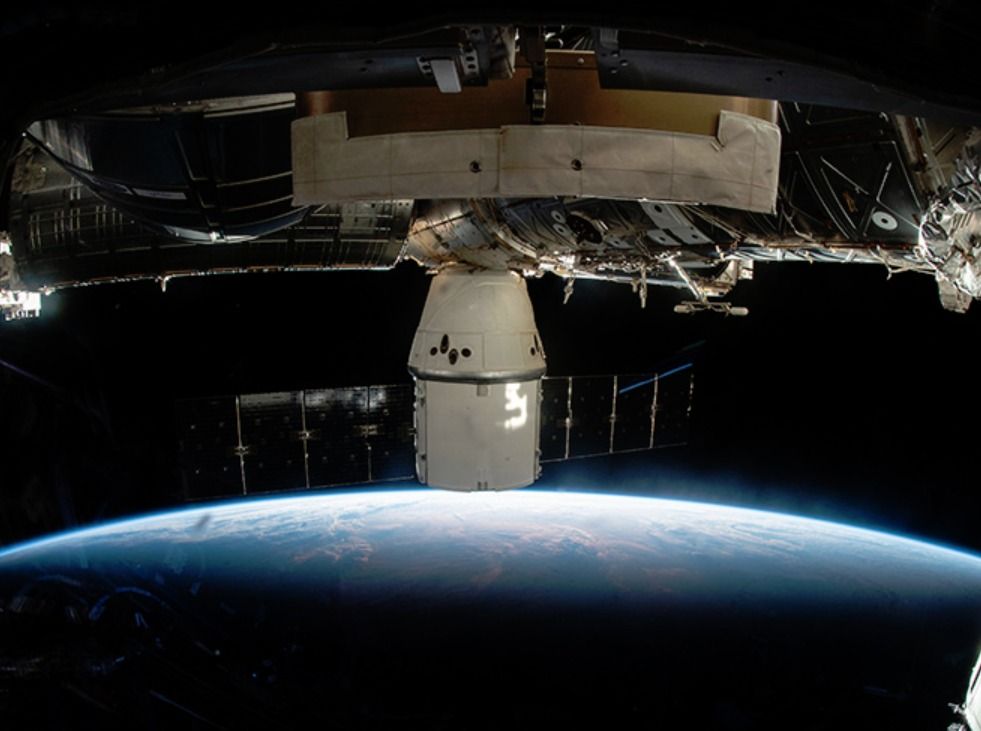
Both SpaceX and NASA are eager to get the Dragon cargo spacecraft back to Earth now that it has fulfilled its duties in bringing much-needed supplies to the crew aboard the International Space Station. The ship was originally expected to be released from the ISS earlier this week but plans have since changed, and NASA now expects the space station to bid farewell to the Dragon on Sunday afternoon instead.
Prior to this latest change, the most recent schedule would have seen the ISS release the Dragon on Sunday morning, but now NASA says it wants to release it later due to some weather quirks back on Earth.
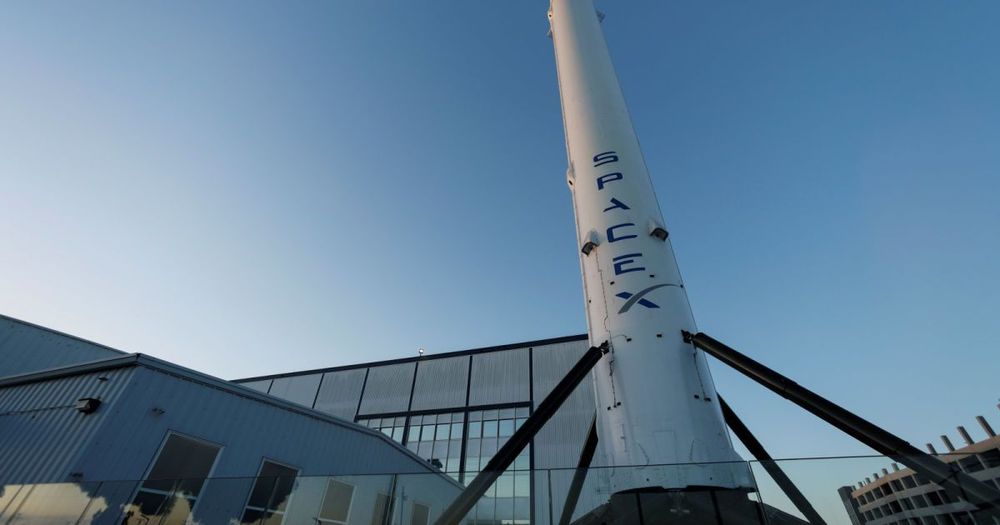
SpaceX is letting hundreds of employees go in an effort to ensure it has the funds for its biggest undertakings.